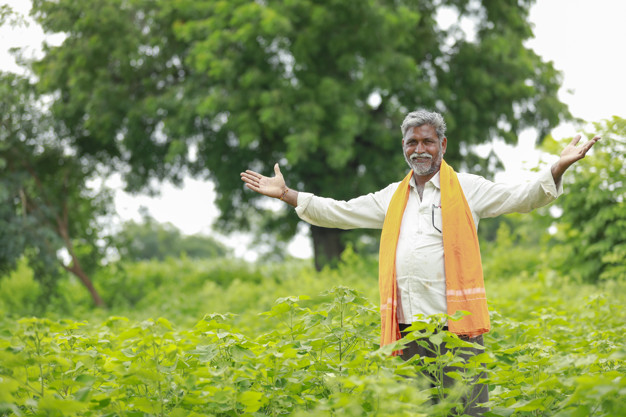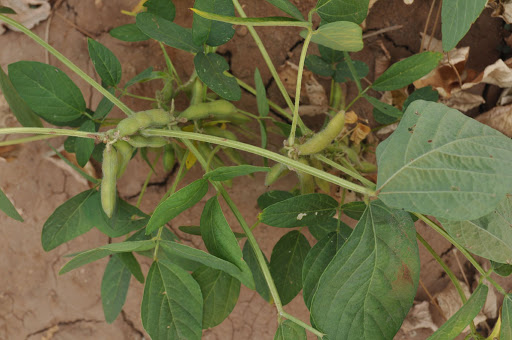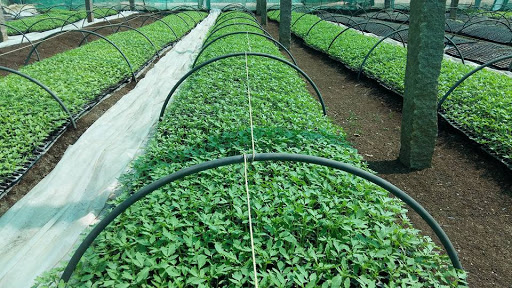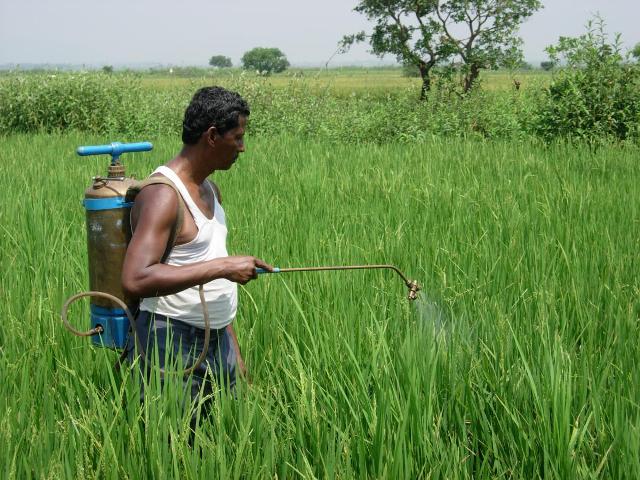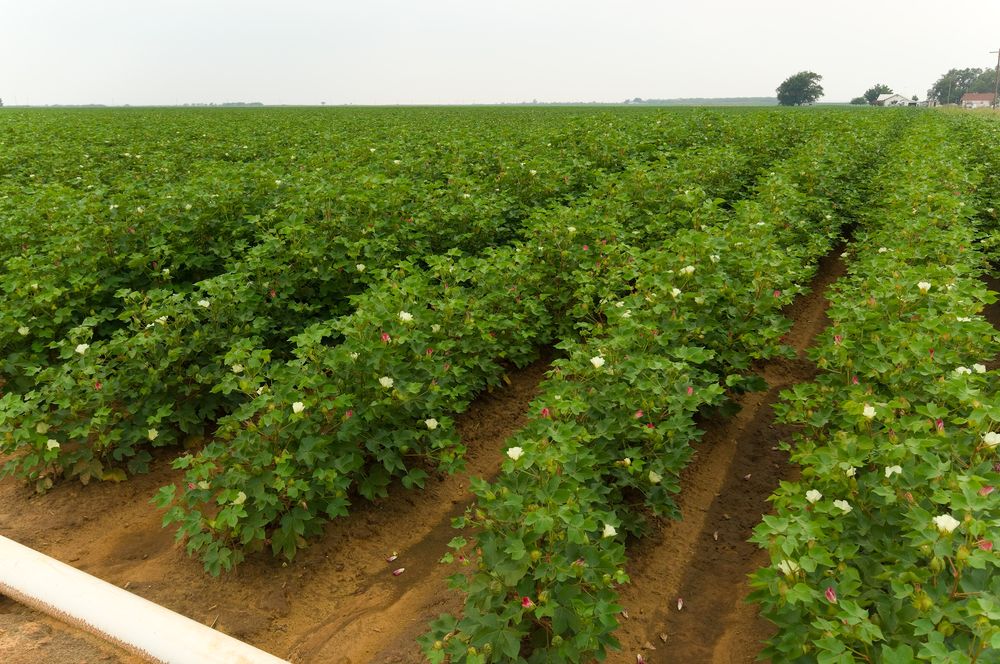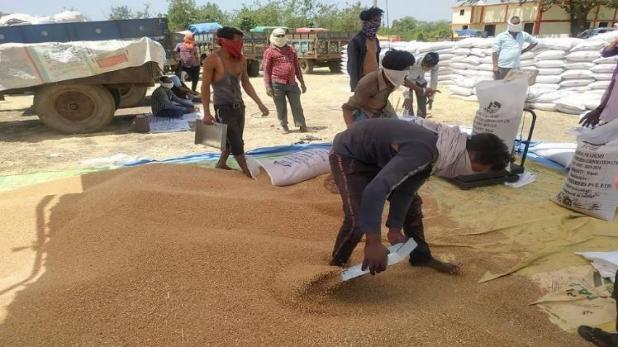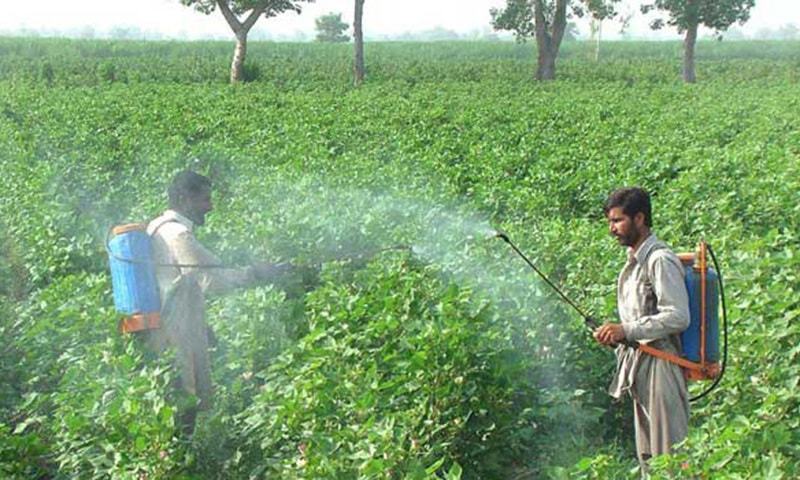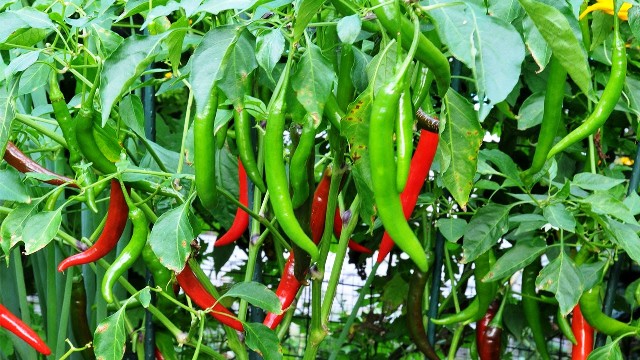The farmers have suffered financially due to the nationwide lock-down that began in the last week of March. In view of this, the central government along with different state governments is providing financial assistance to the farmers. In this sequence, the Government of Madhya Pradesh has decided to provide relief to farmers in agriculture as well as domestic electricity bills.
Under this exemption, all such domestic consumers of the state who are beneficiaries of Sambal Yojana and whose monthly bill was up to Rs 100 in April 2020, their next three months i.e. May, June, and July 2020, the amount will come to Rs 100. But in these three months, only 50 rupees per month are being charged from them.
Apart from this, all household users whose bills were up to Rs 100 in the month of April 2020, when the amount of the bills in the next three months i.e. May, June, and July 2020 comes from Rs 100 to Rs 400, then from them only 100 in these three months. An amount of Rs. Per month is being taken.
Source: Kisan Samadhan
Share
